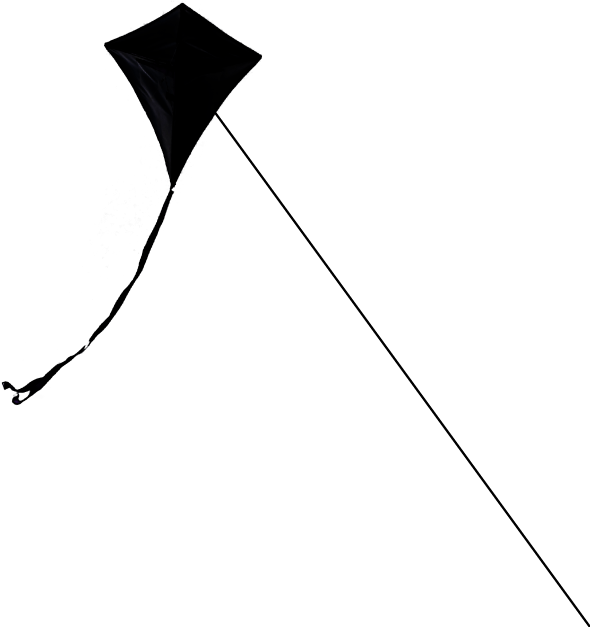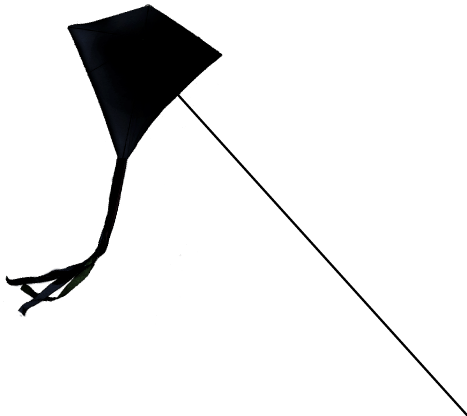Costumed Cities
I.
This is no simple kimono or cheong-sam. Departing from a more traditional design, the train begins at neck of the calico gown and runs down to the foot and beyond into the carpet. The skirt glints with tiny mirrors and swishes with pleats while the slim pagoda sleeves gradually widen at the wrists in a series of flares and ruffles. The costume is best worn with a poke bonnet, a set of muslin petticoats, and a chambord mantle tossed over the shoulders. Try the detachable epaulettes for a look of military sophistication. Most stunning about this costume is the generous use of changeant taffeta—a special weave which allows the material to shine in different colors depending on the angle at which it is viewed beneath light. Suitable for either spring or autumn (indeed for any day in which the weather is variable), this 19th century dress is shown here with a protective veil (that doubles as a kind of feminine ski-mask for a chilly day) and a chatelaine (a kind of skeletal purse or Victorian keychain) on which we see a set of keys, a watch, a pair of opera binoculars, and a whimsical charm bracelet of towers, bridges, and other architectural details. With its detachable bustle and self-loosened corset, this is a truly modern costume providing its wearer with exceptional efficiency and comfort while maintaining its high style. The convertible Medici collar allows any woman to change from a towering villainess into a hooded wraith—in just a matter of seconds. Shown here with a corsage pinned to its empire bodice.
II.
Departing from a more traditional design, the trains begin at the neck of the city and run down to the foot, rushing beyond the borders into the lushly-carpeted calico-flowered countryside—glinting with the shattered mirrors of the rice paddies and pleated on the slopes by tea plantations and their ridged terraces. On either side of the main urban body, the two slim sleeves of population gradually widen at the wrists with their flaring pagodas and communities of monasteries that gather and spill out in ruffles down the cliffs. In the winter, the stadiums are bonneted by retractable steel domes, the sky lets down its muslin petticoats in a storm of snowy volants, and a chambord mantle of sleet and ice is tossed over the city’s narrow shoulders, still jaunty with their chunky epaulettes of new resort hotels. In the spring and autumn, it is not uncommon for the entire metropolis to be veiled in fog for the greater part of the day (in the summer, the thick pollution is changeant taffeta—a material of such a subtle and variable sheen it glows in different colors depending on the angle at which it is perceived beneath the light). In times long ago, the city was protected by a bustle of sharp mountains whose growing tourism industry of corduroyed ski-slopes now supports the once corseted economy. Like a chatelaine or a skeletal purse, a set of vestigial watchtowers from an ancient dynasty hangs from the brick belt of a wall that encircles the center of town. These structures follow the same pattern as the convertible collar of forts and towers that rim the urban neckline to the north. Despite this ancient preoccupation with military sophistication, there are modern-day frills here for everyone to enjoy. An elaborate corsage of fountains is pinned to the vast cement bodice of the empire park—a popular destination for tourists who are sometimes enrobed in cheap cheong-sams and kimonos—sold by the friendly, yet aggressive vendors who necklace every attraction in unbroken chains.







